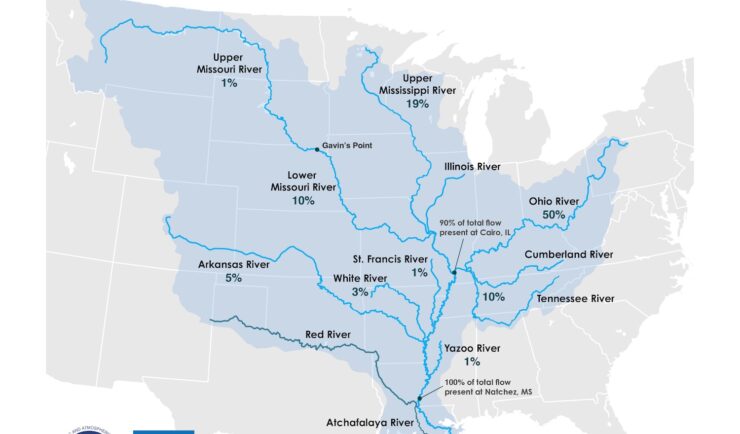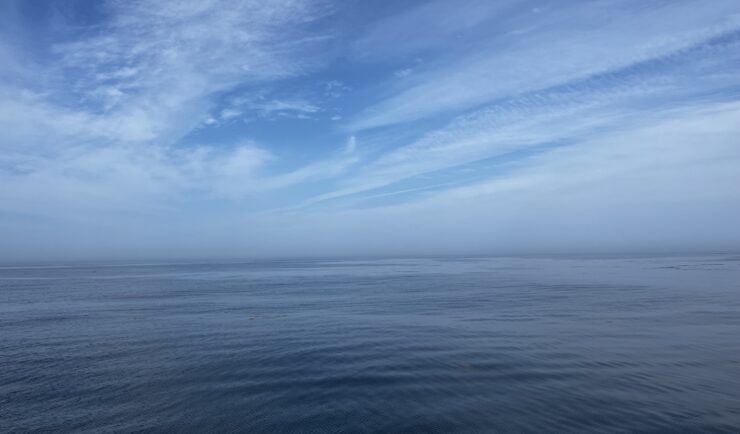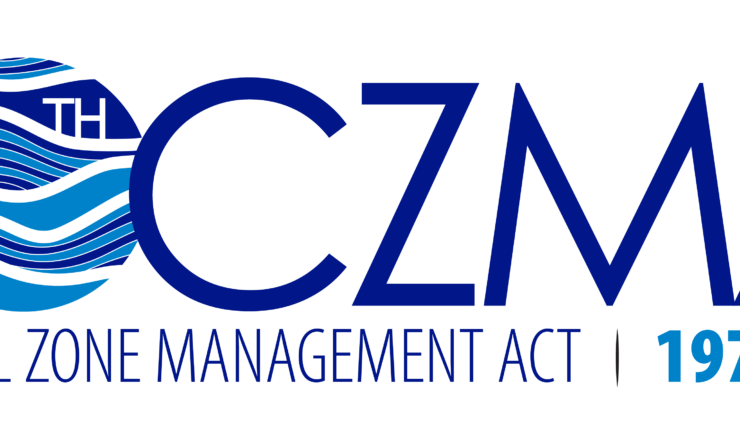- Success Stories
- Environmental Resource Assessment & Management
Expanding Our Offshore Wind Team

We’ve recently added several staff to bolster the offshore wind team at NOAA’s National Centers for Coastal Ocean Science. With this full team of 13, our employee owners are able to provide more focused support in their areas of expertise, including mapping and spatial modeling, data collection, communications, project management, and partner engagement. Through this work, the team develops regional ecosystem-wide spatial models to inform siting of ocean use sectors, environmental review, and permitting, which provides guidance to the Bureau of Ocean Energy Management (BOEM) on suitable locations for offshore wind siting.
Sustainable coastal planning and development increases resiliency, creates jobs, reduces reliance on unsustainable imports, supports renewable energy, and grows the domestic Blue Economy. Check out the NCCOS Coastal & Marine Planning and Offshore Wind Energy spatial planning webpages to learn more.
This team is now providing spatial planning support in all U.S. ocean regions and was recently instrumental in BOEM designating two Wind Energy Areas in the Gulf of Mexico. As offshore wind continues to expand throughout U.S. waters, this team will continue to collaborate with BOEM to support the identification of suitable locations for renewable energy. Future work is slated for the U.S. Central Atlantic, Gulf of Maine, Oregon, and more to come!
See More CSS Insights

Supporting the Mississippi River Basin Drought and Water Dashboard Development
Congratulations to NOAA’s National Integrated Drought Information System (NIDIS) on the launch of the Mississippi River Basin Drought and Water Dashboard. This dashboard provides crucial, timely information to support decision-making for those living and working in the basin, which spans 31 states and 40 percent of the contiguous U.S. The team created the dashboard to…

Happy World Ocean Day
The ocean covers about 71 percent of the Earth’s surface, and life on this planet depends heavily on the ocean. We celebrate its vast being and presence each year on June 8. With CSS so heavily dedicated to Earth and environmental science, it makes sense that many CSS employee owners are deeply embedded in ocean…

Happy 50th Birthday, Coastal Zone Management Act!
The Coastal Zone Management Act turns 50 this year! Many of our National Oceanic and Atmospheric Administration (NOAA) contract teams support this important piece of legislation. We have staff on the ground in many geographies working with state and U.S. territorial coastal programs. These staff work closely with these programs to provide guidance and support…
